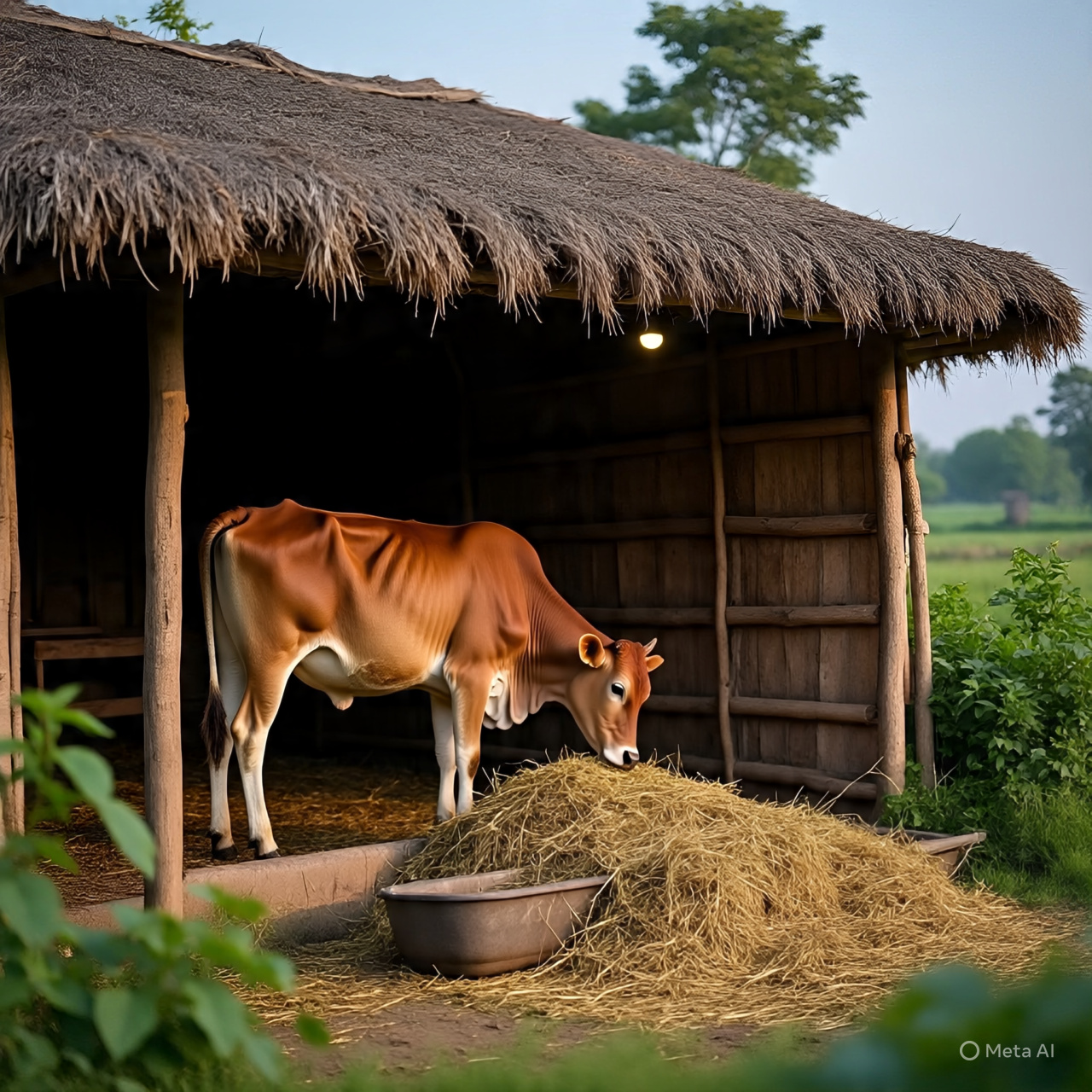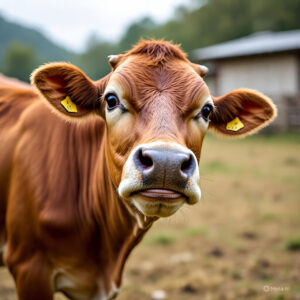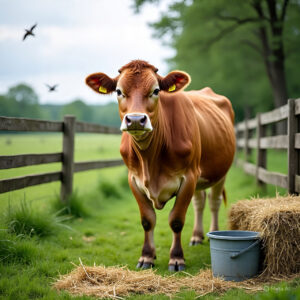Desi Cow Dairy Farm
Desi Cow Farming
Start Desi Dairy Farm
“Managing a Desi Cow Dairy Farm requires attention to breed selection and healthcare.”
“A successful Desi Cow Dairy Farm benefits from proper fodder planning and clean infrastructure.”
Introduction
Dairy farming using Desi cows is gaining momentum in India. Indigenous cow breeds offer high medicinal value in milk. With rising demand for A2 milk, Desi cow dairy businesses are profitable. This guide will help you start your own dairy farm step by step.
Step 1: Choosing the Right Breed
Indigenous cow breeds are resilient and easy to manage. Popular Desi breeds include:
- Gir
- Sahiwal
- Rathi
- Tharparkar
- Red Sindhi
Choose a breed suited to your local climate and market.
Step 2: Farm Location and Land Requirements
Choose a location with good water supply and road access. Ideal land requirements:
- 1 acre for 10 cows
- Separate space for fodder
- Shade trees and ventilation
Ensure the site has fencing and proper drainage.
Step 3: Cow Shed Design
Cow sheds must provide comfort and hygiene. Key aspects include:
- Covered area: 50-60 sq ft per cow
- Open area: 80-100 sq ft per cow
- Proper slope for urine flow
- Clean drinking water supply
Use bricks or concrete for flooring to avoid hoof injuries.
Step 4: Fodder and Feed Management
Good nutrition improves milk yield. Plan for:
- Green fodder: Maize, Napier, Lucerne
- Dry fodder: Wheat straw, Bajra
- Concentrates: Grains, oil cakes
- Minerals: Salt licks and supplements
Grow green fodder on part of your land to save costs.
Step 5: Milking and Storage
Milking should be hygienic and stress-free. Steps include:
- Fixed milking time twice daily
- Clean hands and udder
- Use stainless steel utensils
Store milk in cool conditions to prevent spoilage.
Step 6: Health and Vaccination
Regular health checks reduce disease risk. Keep a schedule for:
- Deworming every 3 months
- FMD and HS vaccines
- Annual vet checkups
Keep records of health history and treatments.
Step 7: Waste Management
Proper dung disposal is crucial. Use cow dung for:
- Organic compost
- Biogas production
- Vermicomposting
Install a small biogas plant if possible for energy needs.
Step 8: Marketing and Sales
Direct marketing earns better profits. Use:
- Local markets
- Organic stores
- Online subscriptions
- Milk ATMs in towns
Highlight benefits of A2 milk and Desi cow ghee.
Step 9: Government Subsidies and Loans
The government offers support for dairy farmers. Useful schemes:
- NABARD dairy entrepreneurship scheme
- PM Kisan Credit Card
- State-level livestock development grants
Consult your local agriculture officer for eligibility.
Step 10: Financial Planning and ROI
Initial investment depends on scale. Cost components:
- Cow purchase
- Shed construction
- Equipment
- Fodder setup
A well-managed farm can break even in 2-3 years.
Conclusion
Desi cow dairy farming is a sustainable and rewarding business. With proper planning, quality care, and smart marketing, you can create a profitable venture. Follow this guide and take the first step toward ethical and indigenous dairy farming.




